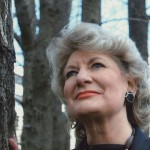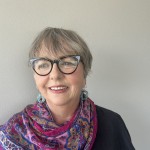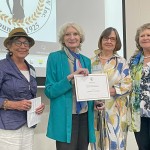Di Yerbury Residency 2026
The Di Yerbury Residency for 2026 is now open. If you have enjoyed and are enjoying reading postcards from Jan Conway, Ann Beaumont, Cindy Broadbent and Belinda Murrell from their stays in Barnstaple, you might like to polish your submission and apply for this unique opportunity, generously offered each year…




